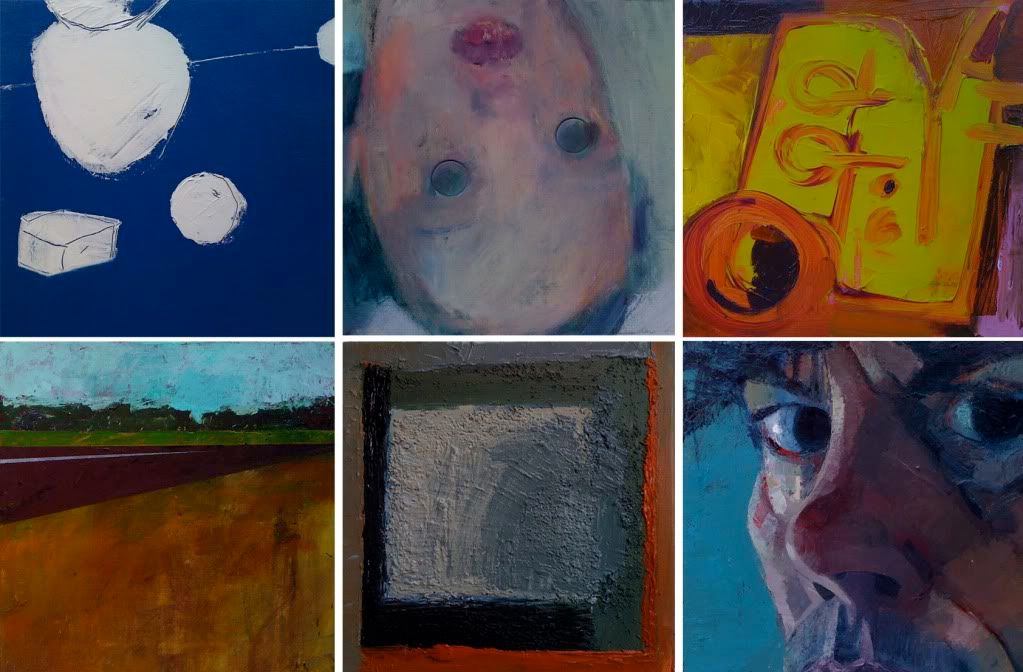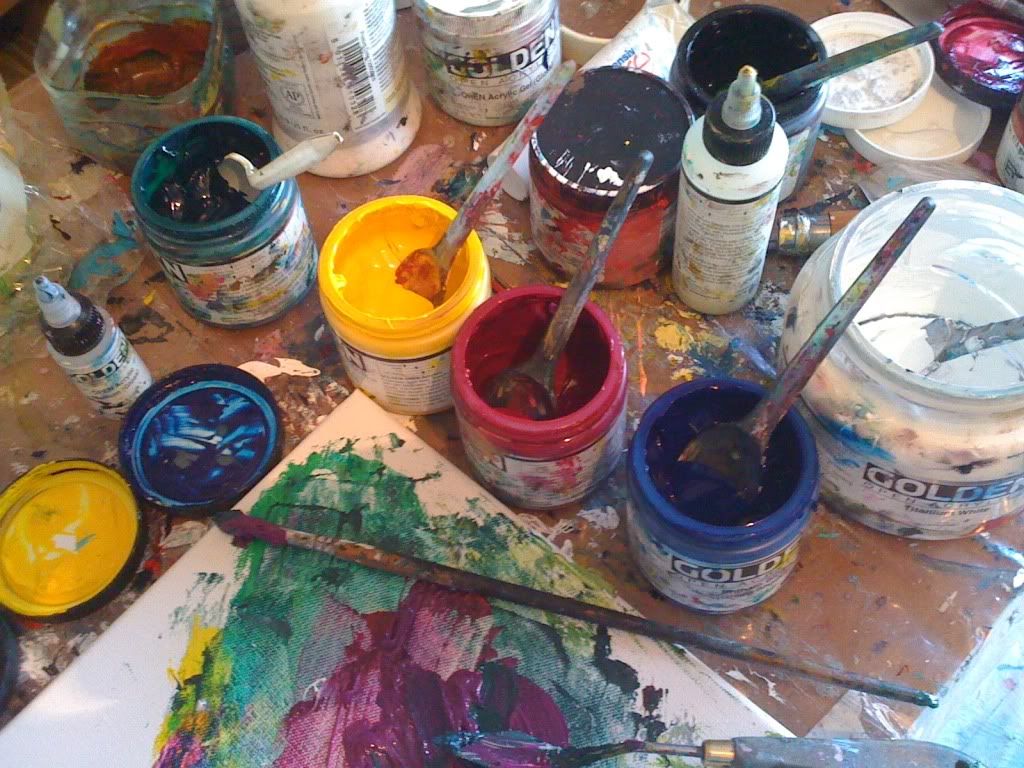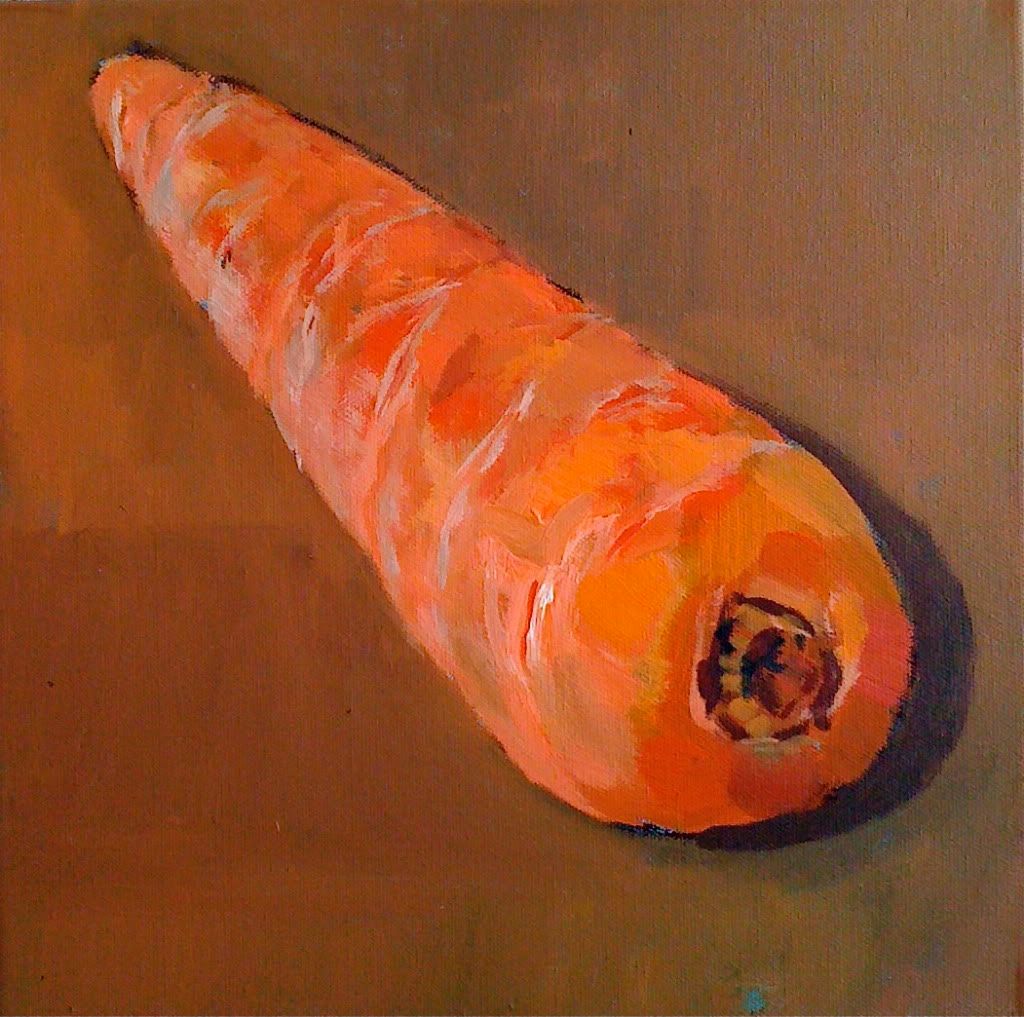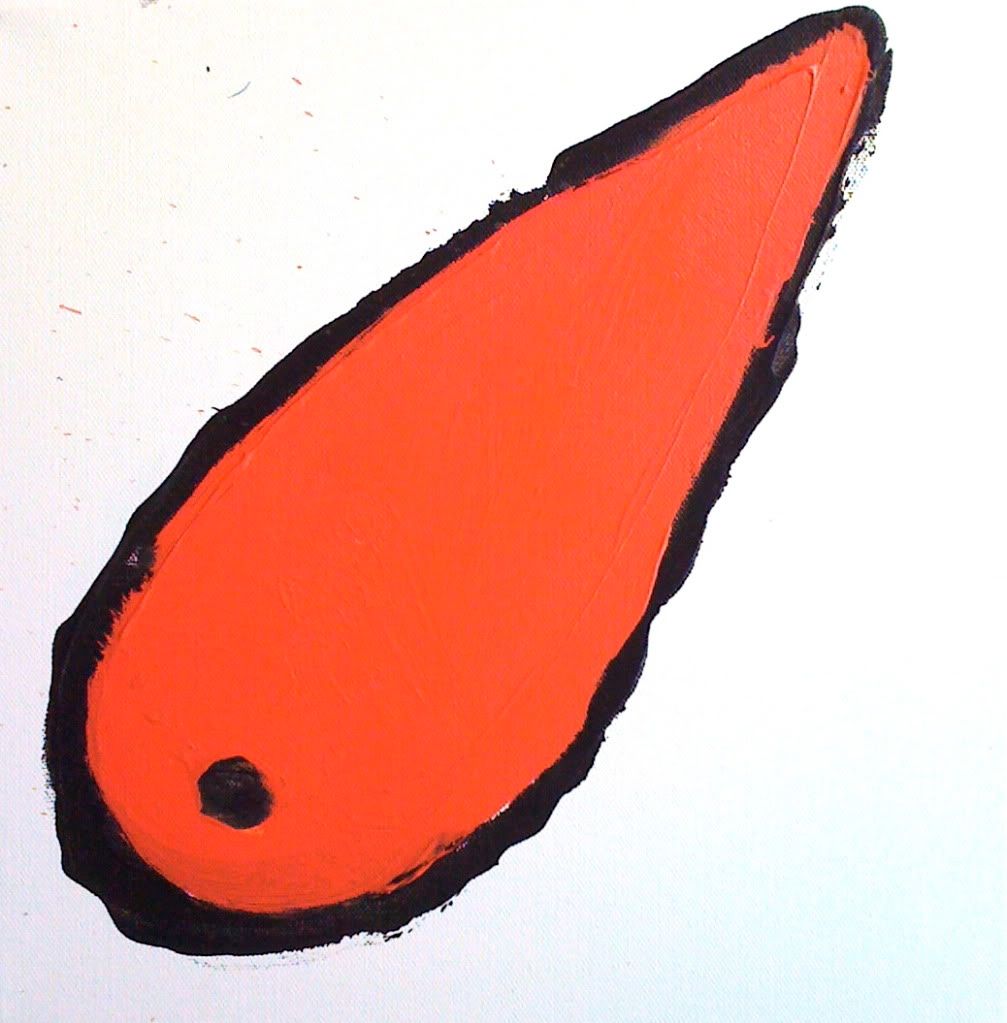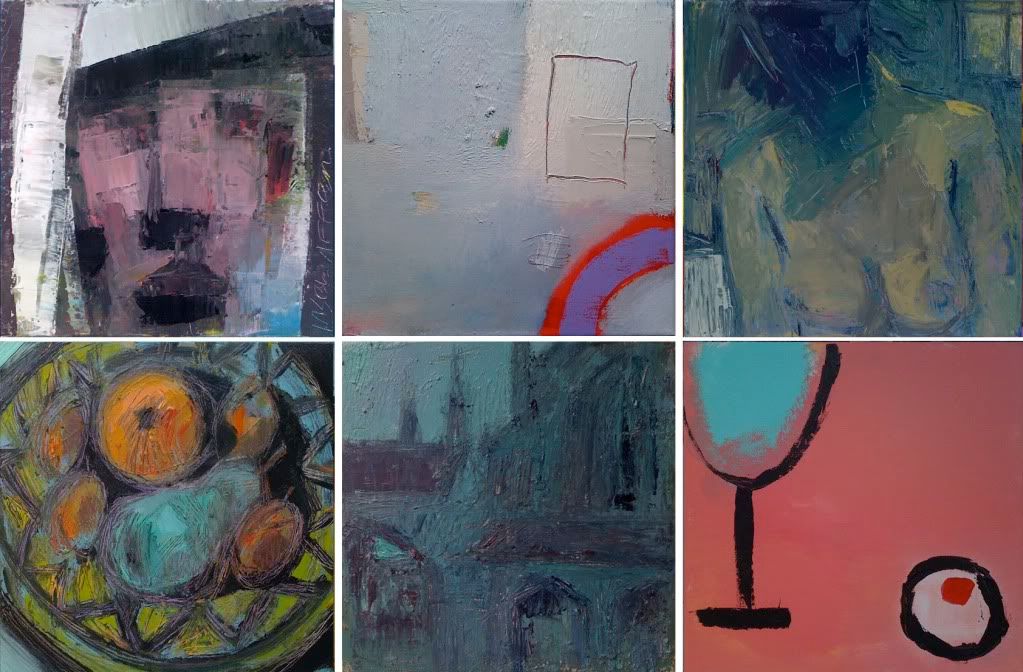"Incredible oil painting that is so realistic it could be a photograph is voted the national gallery's best"
This banner headline was posted in the Mail On-line just over a week ago. You can read the full article here.
When it comes to depicting things, the camera is hard to beat. For speed, ease and the relative accuracy of the images it reproduces, whether as a still, a film or video, the camera is king. You point, you click and the entire scene is swallowed up by the lens and converted, in the blink of an eye into millions of coloured pixels that melt in your mind into the thing you think you saw. By the time even the most cack-handed amateur has done this, the artist hasn't even begun to unscrew the cap of his tube of titanium white, let alone lay out his brushes.
 It wasn't always like this, of course. Time was, when the photographer was burdened with a debilitating amount of kit, his subject had to remain still for an age and nothing would end up on the photographic plate unless the whole scene had been lit by a small explosion of magnesium. Nevertheless, even in those days, artists knew that their days were numbered and sought ways to depict reality that went far beyond the scope of the camera. That is why we have Picasso's Femme Qui Pleure, Quinn's Blood Head and Emin's Bed, to name but a few (they're all portraits aren't they?).
It wasn't always like this, of course. Time was, when the photographer was burdened with a debilitating amount of kit, his subject had to remain still for an age and nothing would end up on the photographic plate unless the whole scene had been lit by a small explosion of magnesium. Nevertheless, even in those days, artists knew that their days were numbered and sought ways to depict reality that went far beyond the scope of the camera. That is why we have Picasso's Femme Qui Pleure, Quinn's Blood Head and Emin's Bed, to name but a few (they're all portraits aren't they?).What troubles me, about the Mail's headline, is that it uses photography as some kind of benchmark for reality. The people who voted for Jan Mikulka's painting are judging the artist on his ability to copy a photograph, not on his contribution to portraiture or even on his ability to capture his sitter's personality. Mikulka should be applauded for his craftmanship and his attention to detail, but beyond that, the exercise seems entirely pointless. There are however, many painters of Jan Mikulka's ilk filling exhibitions like the BP Portrait Award with their work. I admire their skill, but at the same time, I'm dismayed that they have relegated painting to the act of reproducing what the camera already does so well.
 The camera, meanwhile, is so ubiquitous and moderates so many aspects of our lives, that it has become the arbiter of what constitutes our reality. We live in an age that is dominated by the flat screen (I'm typing this on one). Flat screens, littered with photographic images, provide us with our news, our information and our entertainment, so it's little wonder that the boundaries are becoming blurred. The trouble is, that the camera still doesn't do reality that well. Aside from the obvious fact that the images it produces are flat, the quality will depend entirely on your photographic paper or the resolution of your screen; camera lenses can still only focus on one thing at a time and they're still very bad at dealing with contrasting areas of light and shade (just try taking a photograph of a sunset). And if you've ever bumped into a TV celebrity in the street, weren't you a little surprised at how unlike their on-screen persona they seemed?
The camera, meanwhile, is so ubiquitous and moderates so many aspects of our lives, that it has become the arbiter of what constitutes our reality. We live in an age that is dominated by the flat screen (I'm typing this on one). Flat screens, littered with photographic images, provide us with our news, our information and our entertainment, so it's little wonder that the boundaries are becoming blurred. The trouble is, that the camera still doesn't do reality that well. Aside from the obvious fact that the images it produces are flat, the quality will depend entirely on your photographic paper or the resolution of your screen; camera lenses can still only focus on one thing at a time and they're still very bad at dealing with contrasting areas of light and shade (just try taking a photograph of a sunset). And if you've ever bumped into a TV celebrity in the street, weren't you a little surprised at how unlike their on-screen persona they seemed?Picasso was once upbraided by a man for not painting realistically. When the artist asked him what he meant by 'realistic', the man reached in a pocket, produced his wallet and took out a photograph of his wife. Looking at the photograph, Picasso said, "Why is she so small?"























